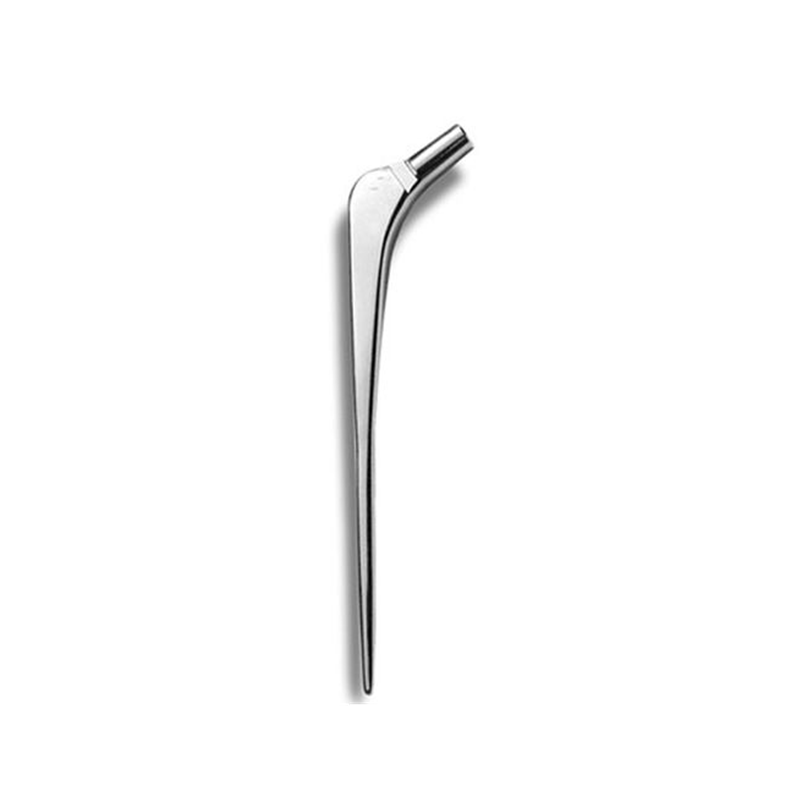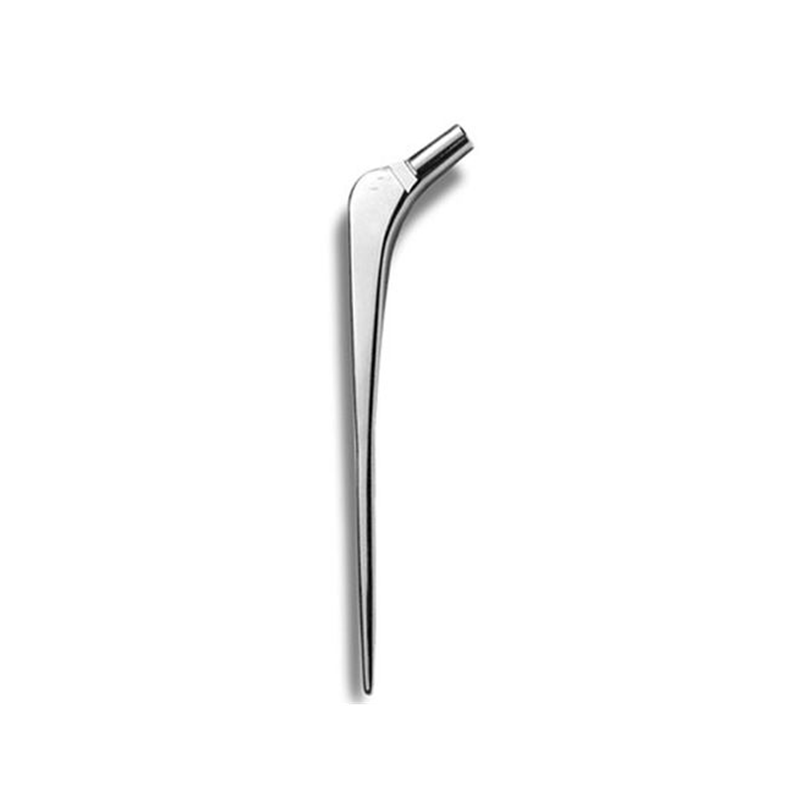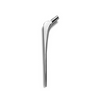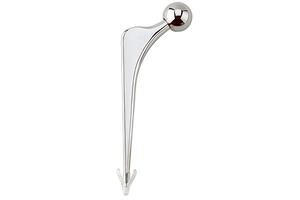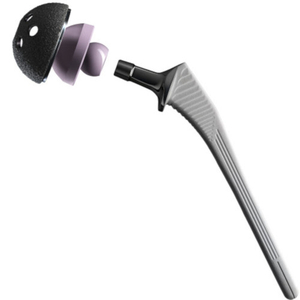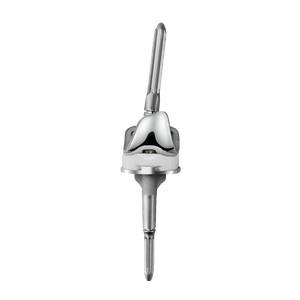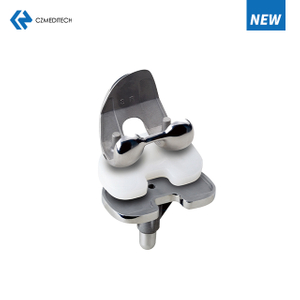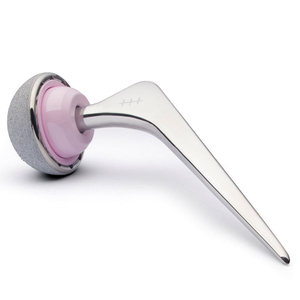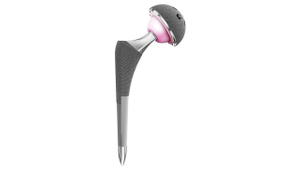Cemented Revision Hip System: Everything You Need to Know
Hip replacement surgery is a common procedure that can help alleviate the pain and discomfort associated with hip joint deterioration. However, in some cases, the original hip replacement may fail, and a revision surgery may be necessary. This is where a cemented revision hip system comes in. In this article, we will discuss everything you need to know about cemented revision hip systems, including what they are, how they work, and their benefits.
What is a Cemented Revision Hip System?
A cemented revision hip system is a type of orthopedic implant that is used to replace a failed hip replacement. It is called "cemented" because the implant is secured to the bone using bone cement, which is a type of adhesive. This helps to create a stable connection between the implant and the bone, which is necessary for proper healing and function.
How Does a Cemented Revision Hip System Work?
A cemented revision hip system works by replacing the failed hip replacement with a new implant. The implant is made up of several parts, including a stem, a femoral head, and a cup. The stem is inserted into the femur, and the femoral head is attached to the top of the stem. The cup is then inserted into the pelvis to create a new socket for the femoral head to fit into.
The cement is then applied to the bone and the implant to secure it in place. Once the cement has dried, the patient can begin to use the new hip replacement.
Benefits of a Cemented Revision Hip System
There are several benefits to using a cemented revision hip system, including:
Improved Stability
The cement used in a cemented revision hip system helps to create a strong bond between the implant and the bone. This can help to improve the stability of the implant and reduce the risk of dislocation or other complications.
Faster Recovery
Because a cemented revision hip system provides a stable connection between the implant and the bone, patients may be able to recover more quickly from the surgery. This can help to reduce the amount of time spent in the hospital and speed up the rehabilitation process.
Reduced Pain and Discomfort
A cemented revision hip system can help to reduce pain and discomfort associated with a failed hip replacement. This can help to improve overall quality of life for the patient.
Risks of a Cemented Revision Hip System
While there are many benefits to using a cemented revision hip system, there are also some risks to be aware of. These include:
Infection
There is a risk of infection anytime a patient undergoes surgery. In some cases, the infection may be severe enough to require additional treatment, such as antibiotics or revision surgery.
Loosening
Over time, the cement used in a cemented revision hip system may begin to loosen. This can cause the implant to become unstable and may require additional surgery to correct.
Allergic Reaction
Some patients may have an allergic reaction to the cement used in a cemented revision hip system. This can cause a variety of symptoms, including pain, swelling, and redness around the implant.
Conclusion
In conclusion, a cemented revision hip system is a type of orthopedic implant that is used to replace a failed hip replacement. It works by securing the implant to the bone using bone cement, which helps to create a stable connection between the implant and the bone. There are many benefits to using a cemented revision hip system, including improved stability, faster recovery, and reduced pain and discomfort. However, there are also some risks to be aware of, including infection, loosening, and allergic reaction. If you are considering a cemented revision hip system, it is important to discuss the risks and benefits with your doctor to determine if it is the right option for you.
FAQs
1. How long does a cemented revision hip system last?
The lifespan of a cemented revision hip system can vary depending on factors such as age, activity level, and overall health. However, on average, a cemented revision hip system can last between 10 and 20 years.
2. How long does the recovery process take?
The recovery process can vary depending on the individual and the extent of the surgery. However, most patients are able to begin walking with the aid of crutches or a walker within a few days of the surgery, and can resume normal activities within a few weeks to a few months.
3. Can a cemented revision hip system be removed?
In some cases, a cemented revision hip system may need to be removed due to complications such as infection or loosening. However, removing the implant can be a complicated procedure and may require additional surgery.
4. Are there any alternatives to a cemented revision hip system?
There are several alternatives to a cemented revision hip system, including uncemented revision hip systems and other types of orthopedic implants. Your doctor can help you determine which option is best for you based on your individual needs and circumstances.
5. What can I do to prevent the need for a revision hip replacement?
While there is no surefire way to prevent the need for a revision hip replacement, there are some steps you can take to reduce your risk. These include maintaining a healthy weight, staying physically active, and avoiding activities that put excessive stress on your hip joints. It is also important to follow your doctor's instructions for post-surgery care and rehabilitation to ensure proper healing and function.


